Deck & Commander Strategies
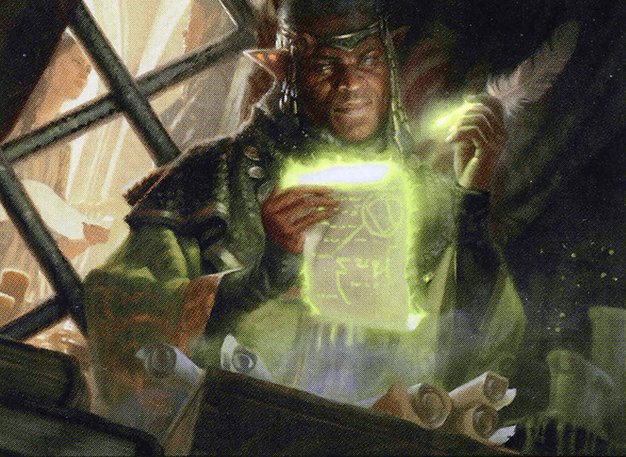
Kethis, the Hidden Hand
Focuses on casting historic spells and creatures to reduce costs and generate value. Uses planeswalkers and board wipes to control the board, then builds a durable board presence with counters and synergistic creatures.
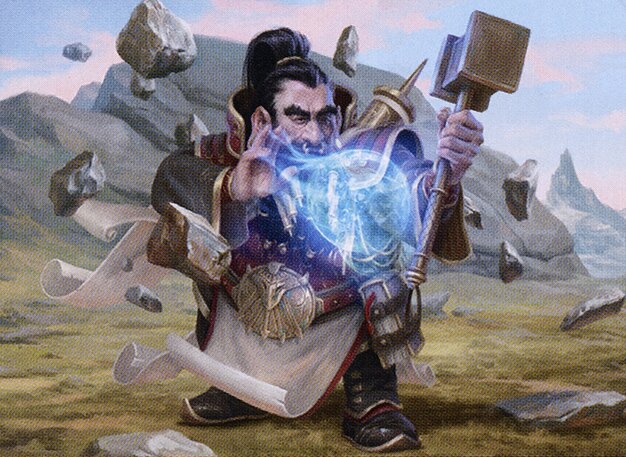
Hofri Ghostforge
Utilizes creatures and tokens, particularly spirit tokens from sacrificing creatures, to maintain board presence and protect key pieces. Combines token generation with incremental card draw and protection effects.

Runo Stromkirk // Krothuss, Lord of the Deep
Ramp-heavy decks aiming to transform their commanders for increased power, employing milling effects and graveyard synergy. One Runo deck focused on milling the table with Krothuss and Incarnation Technique combos, while the other emphasized big creatures and disruption.
Gameplay Insights
- 1
Kethis’s controller strategically used planeswalker upticks to apply ghost form counters, enhancing commander's resilience and utility.
- 2
The board wipe from Layla, the Blade Reforged was pivotal in resetting the board, especially combined with Kethis’s cost reduction for historic spells.
- 3
The double casting of Incarnation Technique created copy interactions that allowed milling the entire table, providing significant card advantage.
- 4
Manic Crypt rolls were risky and caused life loss, impacting players’ tempo in early turns.
- 5
Hofri’s ability to create spirit tokens from exiled creatures helped maintain board presence even after board wipes.
- 6
Runo players struggled to consistently transform their commander, which delayed their key threats and slowed their overall game plan.
Notable Cards
-
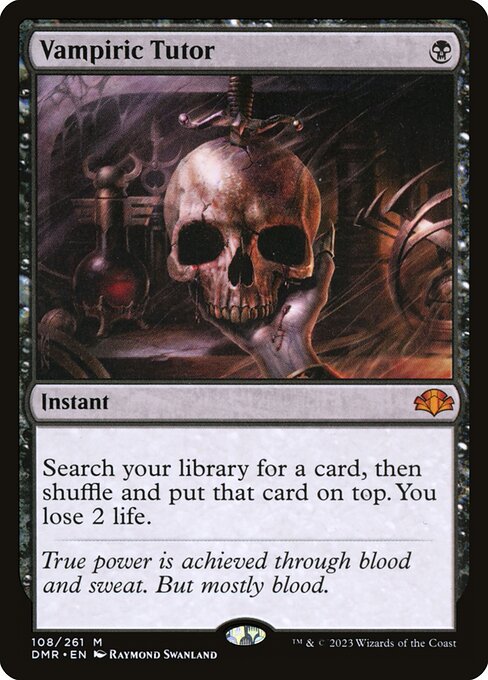
Vampiric Tutor
-
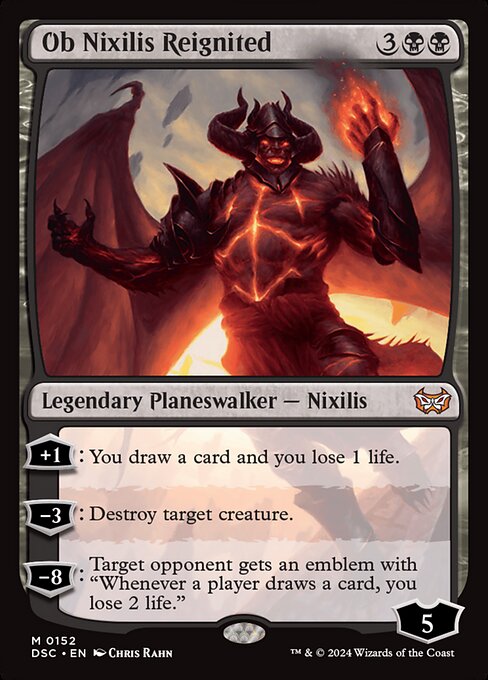
Ob Nixilis Reignited
-
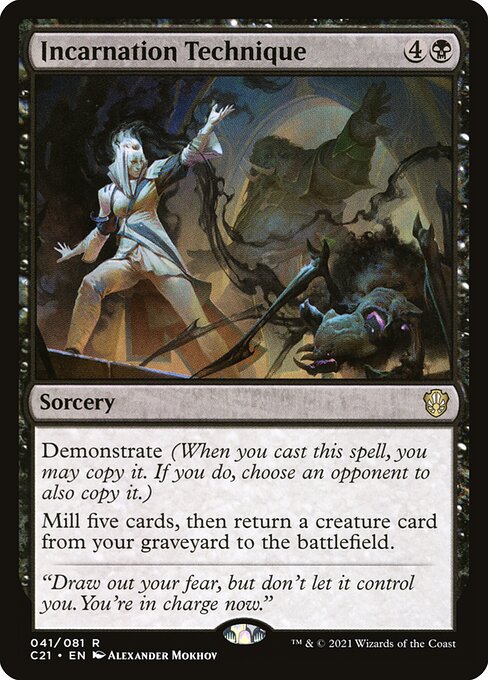
Incarnation Technique
-
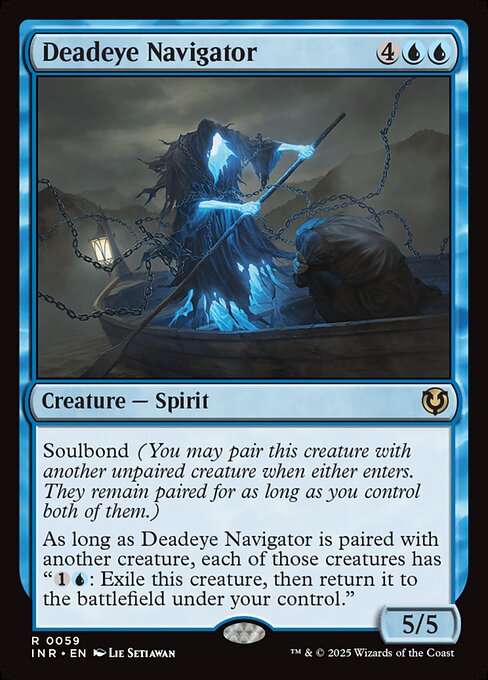
Deadeye Navigator
-
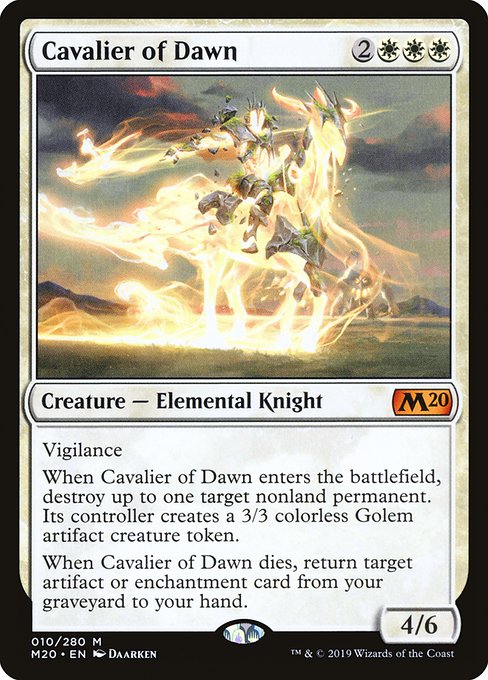
Cavalier of Dawn
-
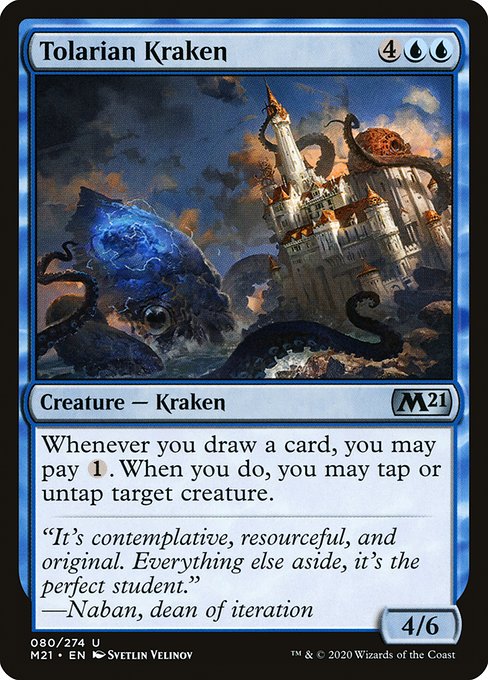
Tolarian Kraken
-
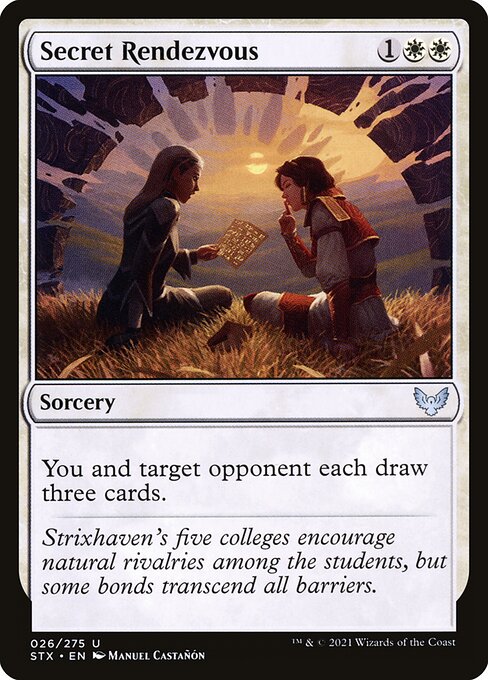
Secret Rendezvous
-
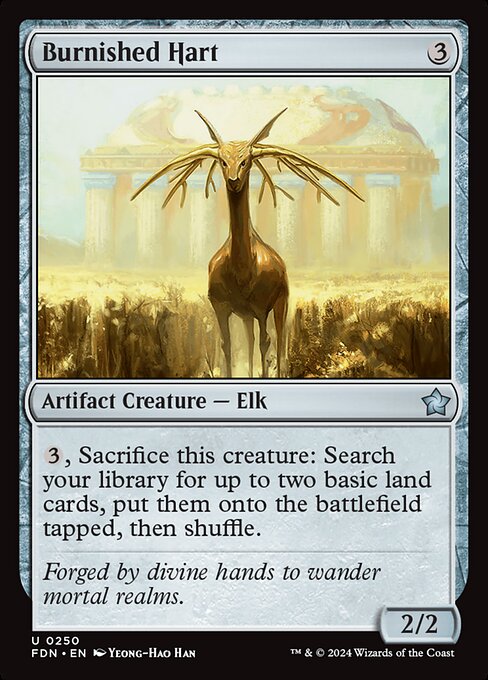
Burnished Hart
-

Solemn Simulacrum
Gameplay Summary
The game featured a four-player Commander match with two players piloting Runo Stromkirk // Krothuss, Lord of the Deep decks, alongside Hofri Ghostforge and Kethis, the Hidden Hand.
Early turns focused on ramp and setup, with players casting mana rocks like Manic Crypt and Arcane Signet, and tutored cards such as Vampiric Tutor to sculpt their hands.
Kethis utilized synergy with historic spells to reduce costs and generate value, while Hofri leveraged creature tokens and protective spirits to maintain board presence. A key moment arose when Kethis's controller cast a powerful board wipe, removing most large creatures but sparing colorless tokens, followed by aggressive use of planeswalkers to maintain board control.
Meanwhile, the Runo decks attempted to transform their commanders and capitalize on milling and incremental damage.
One Runo player successfully transformed Krothuss, Lord of the Deep, using Incarnation technique to double spells and mill the table, gaining card advantage and pressuring opponents.
Despite early ramp, the Runo decks struggled to find consistent threats, while Kethis and Hofri steadily established dominance through efficient removal, token generation, and card advantage engines.
The game revolved around board control, incremental advantage, and leveraging commander synergies.




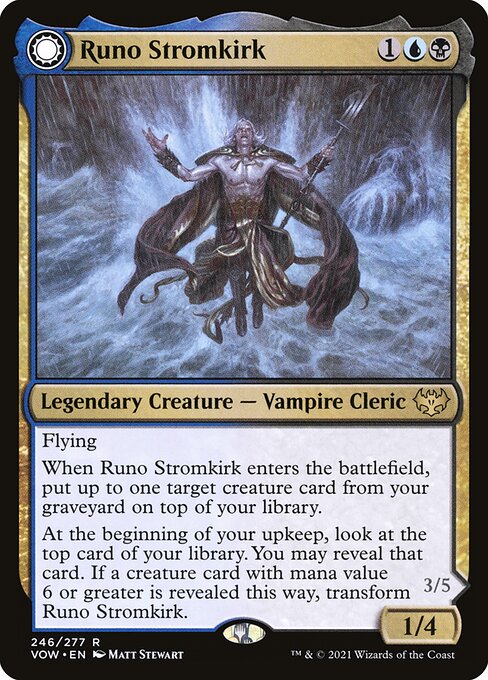










![Season Finale Fan Special [Commander VS 305] | Magic: the Gathering Commander Gameplay thumbnail](https://i.ytimg.com/vi/4VCbfC4ADDk/sddefault.jpg)
![Commander VS S16E3: Kethis VS Atemsis VS Yarok VS Omnath [EDH] thumbnail](https://i.ytimg.com/vi/dJ1gCDF5tlI/sddefault.jpg)



![Herumkommandiert #01 | Commander EDH Gameplay [Deutsch] thumbnail](https://i.ytimg.com/vi/cnZp-pwWpa0/sddefault.jpg)














